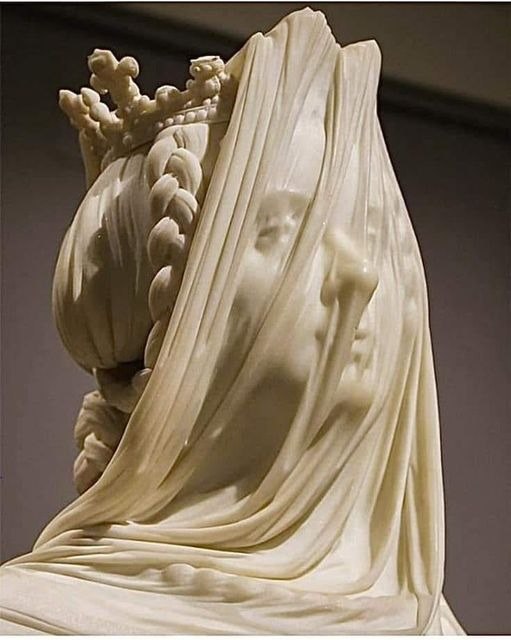As autumn's gentle embrace ushers in cooler days and vibrant foliage, Japan unveils a breathtaking spectacle that has captured the hearts of many—the higanbana, or spider lily. These crimson blooms, with their delicate petals and slender stems, have a deep-rooted history in Japanese culture. In this blog post, we embark on a journey to explore the fascinating history of higanbana, from its symbolic significance to its mesmerizing allure, and the folklore that surrounds it.
Symbolism and Spiritual Significance
Higanbana, scientifically known as Lycoris radiata, carries profound symbolic importance in Japan. It is often associated with the autumn equinox, known as "higan" in Japanese. During this time, it is believed that the spirits of the deceased visit the world of the living. The striking red of the spider lily is seen as a bridge between the two realms, symbolizing both remembrance and farewell. These flowers are often planted near graves to guide the spirits back to the other side.

Historical Roots
The history of higanbana dates back to ancient China, where it was cultivated for its medicinal properties. Over time, the plant found its way to Japan, where it flourished both in gardens and in the wild. It became particularly popular during the Heian period (794–1185) and later during the Edo period (1603–1868), when it was extensively featured in literature and art.

Folklore and Legends
Higanbana's allure extends beyond its symbolic significance. It has been a subject of folklore and legends in Japan for centuries. One such tale tells of a bewitching young woman who transformed into a spider lily after being abandoned by her lover. In another story, higanbana are said to bloom along the banks of the Sanzu River, which souls must cross on their journey to the afterlife. These stories add an air of mystery and intrigue to the already enchanting flower.

Cultural Impact
Higanbana's cultural impact is felt far beyond its symbolic and historical significance. The flower has inspired countless poems, paintings, and even Noh theater performances. Its vibrant red hue against the backdrop of autumn foliage is a favorite subject among artists and photographers. Additionally, higanbana festivals are held throughout Japan, where people gather to admire and celebrate the beauty of these striking flowers.

Conservation Efforts
Despite its enduring popularity, higanbana faces challenges in the modern world. Loss of natural habitats and overharvesting have led to the decline of wild populations. Efforts are now underway to conserve and protect these delicate blooms. Cultivation and propagation programs ensure that future generations can continue to enjoy the mesmerizing beauty of the higanbana.

The higanbana, with its rich history, symbolism, and cultural significance, stands as a testament to the enduring connection between nature and human culture. As we've journeyed through the ages, exploring its roots in ancient China, its symbolism during Japan's equinox, and the captivating stories that surround it, we've gained a deeper appreciation for this autumn gem. Today, the higanbana continues to enchant us with its beauty and inspire us with its tales. Let us remember to cherish and protect this delicate flower, ensuring that its vibrant presence graces our autumns for generations to come.






